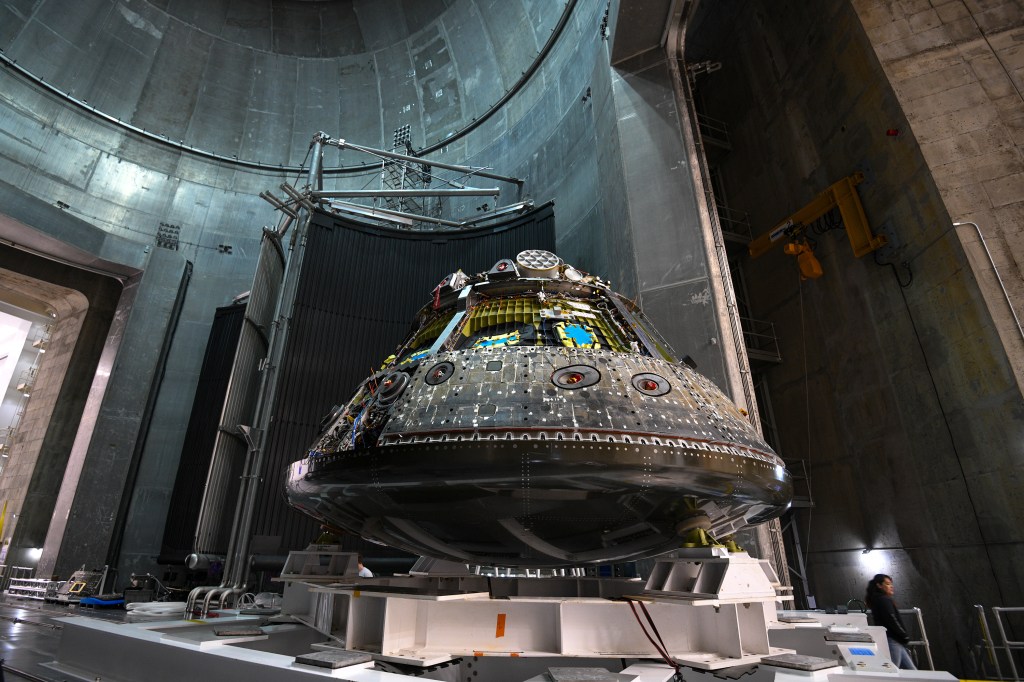
On July 4, 1997, Americans got more than a fireworks show, with NASA’s first successful trip back to the surface of Mars since the Viking missions of the 1970s. The Mars Pathfinder mission and its gutsy rover, Sojourner, fascinated the world as they performed nearly flawlessly on our neighboring planet.
The lander, formally named the Carl Sagan Memorial Station following its successful touchdown, and the rover, named after American civil rights crusader Sojourner Truth, both outlived their design lives – the lander by nearly three times, and the rover by 12 times.
From landing until the final data transmission on September 27, 1997, Mars Pathfinder returned more than 16,500 images from the lander and 550 images from the rover, as well as chemical analyses of rocks and soil and extensive data on winds and other weather factors. Resulting scientific findings suggested that Mars was at one time in its past warm and wet, with water existing in its liquid state and a thicker atmosphere.Image credit: NASA



























